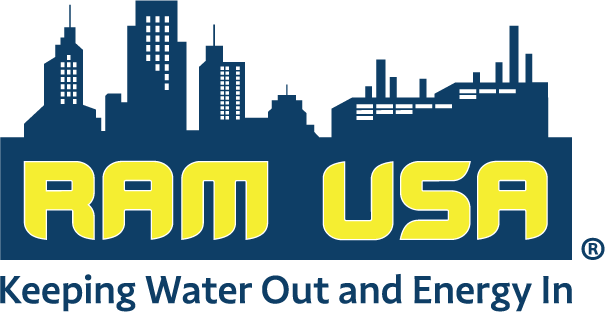Winter can be tough on roofs, with wind, snow, and freeze-thaw cycles all stressing the structure. Wind-blown debris can clog drains and downspouts, causing damage to the roof. Heavy snowfall can weigh down and damage even the best-designed roofs. Additionally, the freeze-thaw cycle can cause water to seep into small spaces and expand when frozen, causing further damage to roof flashings. Therefore, it’s important to take extra precautions to maintain the roof during winter.
Wind Damage
Wind-blown debris not only accumulates to clog drains and downspouts, but it can also cause damage to the roof. A misconception is that wind damage would typically tear a roof off or force it loose. However, it’s also critical to investigate what may have blown onto or across the roof, harming it. For example, if a bird had flown onto the roof and damaged it, that would be a case of wind-blown debris.
Damage Due to Snow
It is common knowledge that 10 to 12 inches of new snow is roughly equal to 1 inch of rain or ice and weighs about 5 lbs. per square foot. That is equivalent to 3 to 5 inches of packed snow. During winter, the amount of snow that can accumulate could stress the limits of even the most robustly designed roof.
Ice Damage
Water is always a problem for roofs, especially when it freezes and thaws. Water can get into the tiniest of spaces and expand greatly when frozen. Once it thaws, it leaves an even more significant penetration, which results in even more damage. This is a vital issue for roof flashings.
Take Advantage of the Springtime
Spring is an excellent time to look at how roofs have withstood winter conditions. Interior leaks tend to be very apparent, but what about leaks that still need to be spotted? Leaks begin by saturating the insulation below. This moisture diminishes the insulation’s R-value and will eventually compromise the integrity of the roof system. If minor issues aren’t noticed and remedied, they can quickly develop into major problems.
It’s essential to have a qualified professional inspect roofs every six months to check for leaks and make sure the warranty is met. They can also find issues that the naked eye can’t see. An infrared roof scan with a visual survey is like an MRI. It can help with current or future roof issues. These inspections are very affordable and cost-effective, especially with a qualified consultant such as RAM USA. Advanced diagnostics and infrared services typically cost mere pennies per square foot versus the dollars per square foot of roof replacement.







